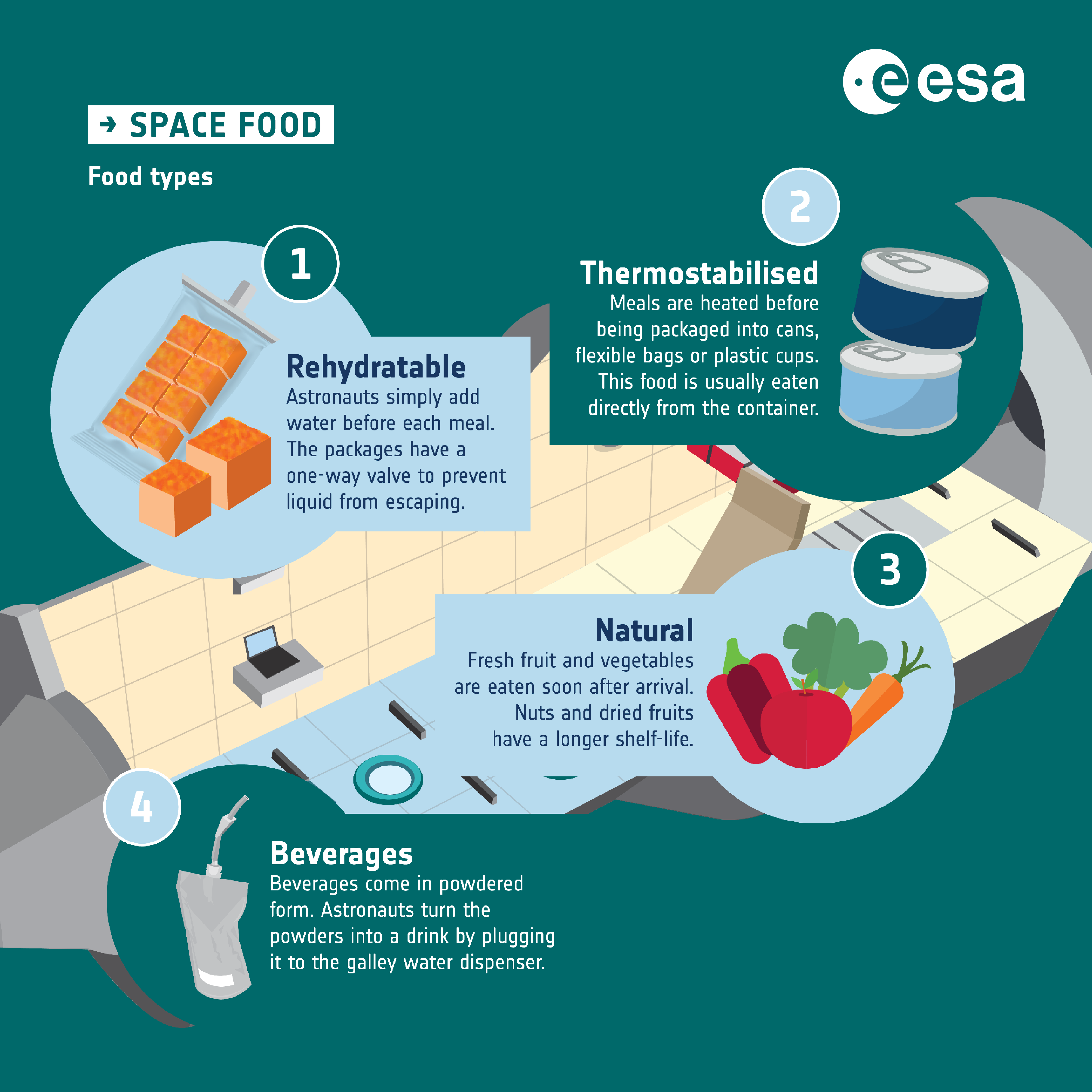In 2026, the most exclusive meal from a Michelin-starred chef will not be eaten anywhere on Earth. Instead, it will be consumed on board the International Space Station (ISS), when European astronaut Sophie Adenot brings on her epsilon mission the work of Anne-Sophie Pic, the world’s most Michelin-starred female chef.
As a species, we have turned food from a simple substance to a staple of our civilization. Food is cultural, food is political, food is a science, food is an art. From comfort food to molecular gastronomy, from greasy joints to home-cooked meals, food plays a cardinal role in the human experience. You can’t expect all of that significance to remain constrained to our planet.
But space has not always been the best for food. When Yuri Gagarin became the first person in space, he was also the first one to try food there (scientists didn’t know if it was possible to eat in microgravity). Gagarin ate two tubes of beef and liver puree and one of chocolate sauce. Adenot will certainly have more variety in flavors and textures for the bonus food she’ll bring to ISS.
The menu will feature these four starters:
- Foie gras cream on toasted brioche, with candied lemon
- Lobster bisque with crab and caraway
- Parsnip velouté with curry and smoked haddock
- Onion soup with pink peppercorns and gratinéed croutons
There are two options for main courses:
- Shredded braised beef with black garlic and smoked vanilla
- Poultry with voatsiperifery pepper, tonka bean, and creamy comté cheese polenta
And dulcis in fundo, the sweet for last, here are the desserts:
- Coconut and smoked vanilla rice pudding
- Chocolate cream with hazelnut flower and coffee
Pic’s restaurant was voted the best in the world by TripAdvisor in 2024, but it was a tasting meal and shared ideas and values that got the astronaut and chef together to craft this menu.
“What a thrill to have been asked by Sophie Adenot to accompany her in her mission! Through our discussions and tastings, I discovered an exceptional woman, inspiring in many ways. Cooking for space is an exhilarating challenge — it’s a true honor to be part of this extraordinary adventure,” Pic said in a statement.
“This encounter was a stroke of fate. Nothing pre-destined us to meet and work together, and yet, we ended up collaborating on this collective adventure,” added Adenot. “Anne-Sophie is a brilliant professional and a truly inspiring figure and I am thrilled to have her onboard!”

It’s not easy to prep for a meal in space!
Image credit: ESA
Bringing haute cuisine to orbit is not an easy task. There are many requirements that food needs to meet before it is taken to orbit: at the very least, it needs to be crumb-free, lightweight, and shelf-stable for two years. Food is usually canned or freeze-dried, and for this particular menu, Pic worked with Servair, a French airline catering company, to develop sterilization in flexible bags.
“Cooking for space means pushing the boundaries of gastronomy. With my team in my research and development lab we embraced a thrilling challenge: preserving the emotion of taste despite extreme technical constraints,” explained Pic.
About 10 percent of the meals that an astronaut brings to space are this bonus food. It is seen as a bonding moment for the mission teams, as they get to share a little bit of what they like, or what their nation or region produces. Fellow French astronaut Thomas Pesquet already had Michelin-starred chefs rising to the challenge of space food in his missions back in 2016 and 2021.
“During a mission, sharing our respective food is a way to invite our crewmates to discover more about our culture. It is a very special bonding moment for all of us and a welcome change in our day-to-day routine. I have no doubt they will be as enthusiastic as I am when they get a chance to taste Anne-Sophie’s dishes,” explained Adenot.
Even though it’s not fancy food every day, astronauts do not eat puree of beef and liver from tubes anymore. Astronauts have had pizza delivered to the ISS, and they can bake cookies on board, too. You can even grab an espresso thanks to a bespoke cup that allows you to drink it in microgravity.
Fresh fruit and vegetables are only available at the beginning of the mission (and no, nobody ate the first tomato grown in space: it was lost for months, not stolen!). There is no fried food yet, but a machine has been tested to see if it is possible. And obviously, no “freeze-dried astronaut ice cream”, because that was never actually a thing.
Source Link: G-astronomical News: Michelin-Starred Meal To Be Served On The ISS